We're on the letter B in my ABC blog series. This is a not-so-comprehensive guide to jewellery materials and tools that I use and some tips for care of your jewellery etc. B is for beads, beach glass and bottle stoppers...
Beads are small, pretty or decorative things for threading (stringing,) weaving or wiring into, sewing onto to otherwise embellishing jewellery, clothing, accessories etc. They come in a wide range of sizes and shapes and are made from a vast array of materials. Most commonly beads are created from glass, wood, metal, stone, ceramic, clay and crystal. Beads are increasingly being made from interesting recycled sources such as paper, fibers, up-cycled plastic and recycled metals and so on.
 |
| photo courtesy of University of Oxford |
The oldest known beads are drilled Nassarius (sea snail) shells, discovered in Eastern Morocco., South Africa and Israel. The oldest are believed to be c100,000 years old.
The sea glass I use is not technically a bead as I don't drill any holes in it. However, this red sea glass bead is one of my most prized beach finds. It is most likely a fisherman's bead that would be threaded onto the line to attract the fish. It is beautifully frosted which indicates it is a few decades old and it still has a piece of line stuck inside it.

If you are starting out as a beader and intend purchasing beads online it would be wise to familiarise yourself with bead sizes, at least the more commonly used ones first. The smallest can be under 1mm, a mere dot! Those that measure 4mm and under are usually used for accenting (flanking or separating) larger beads or for very delicate bead work.
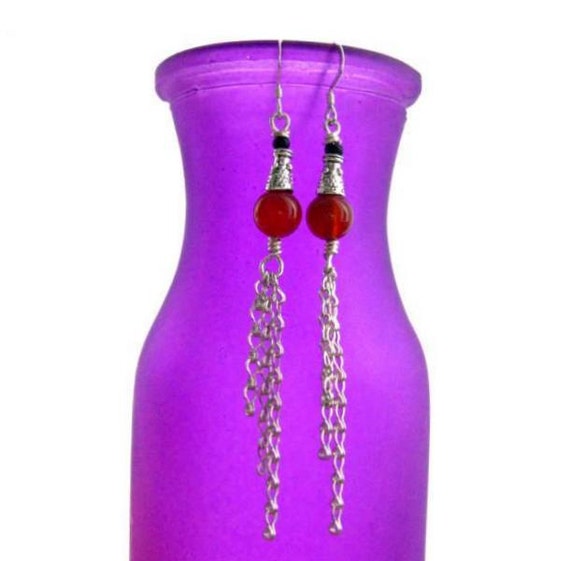 |
| long carnelian and onyx earrings |
A bead chart can be useful for gauging sizes. For beginners who want to learn with simple earrings, bracelets and threaded necklaces, I would recommend starting out with 6mm, 8mm and 10mm. The carnelian beads in these dangle earrings are 8mm and the black onyx are 2mm. Once you are familiar with these sizes you will find it easier to guess what other sizes will look like.

B is also for Beach Combing and Beach Glass
People often ask the difference between sea glass and beach glass. Sea glass is glass that has been naturally tumbled and frosted by salty, ocean water and is found on coastal strands. Glass that has been tumbled naturally by fresh water in lakes and rivers is called beach glass. Beach glass is also the wider term for both categories...in other words, sea glass can also be termed 'beach' glass but the reverse is not so. Sea pottery can also fall under the term 'beach glass.'
A fully frosted and smoothed piece of beach glass would have been surfing the waves getting buffed by the silt for decades. Frosting occurs when minerals are leeched by the elements over a long period of time.
I have written a number of previous posts around the subject including:
How to Clean Beach Glass
How to Care for Beach Glass Jewellery
A Little About Sea Pottery

B is also for Beach Combing and Beach Glass
In Dublin city, it's relatively easy to get to the coast for some beach combing. I collect and use beach glass and sea pottery. Personally, I'm not a fan of shell jewellery. You are more likely to pick up some decent beach glass near a harbour, or in the tiny pebble coves than on a long sandy strand.
A fully frosted and smoothed piece of beach glass would have been surfing the waves getting buffed by the silt for decades. Frosting occurs when minerals are leeched by the elements over a long period of time.
I have written a number of previous posts around the subject including:
How to Clean Beach Glass
How to Care for Beach Glass Jewellery
A Little About Sea Pottery
 |
| bottle stoppers I found in Dublin |
B is also for bottle stoppers - my favourite beach finds to date. Glass bottle stoppers were popular in these parts in the 1800s. This piece would have originally had a cork sheath around the shank and would have come from a sauce bottle. Read more about the club sauce stopper HERE.
Like to start at the beginning?
A is for amethyst, agate jewellery, agate burnisher, acids
A is for amethyst, agate jewellery, agate burnisher, acids

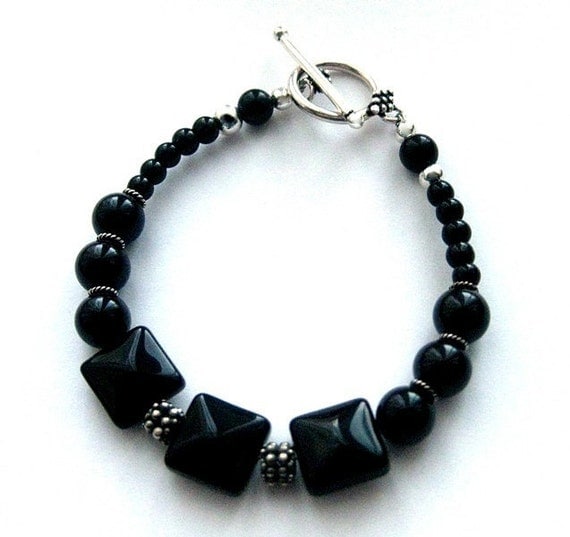
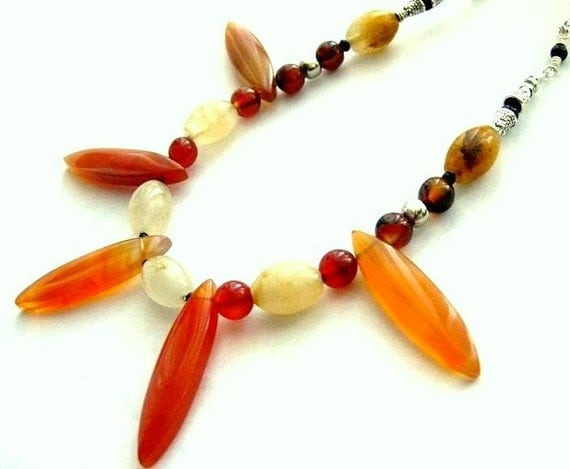


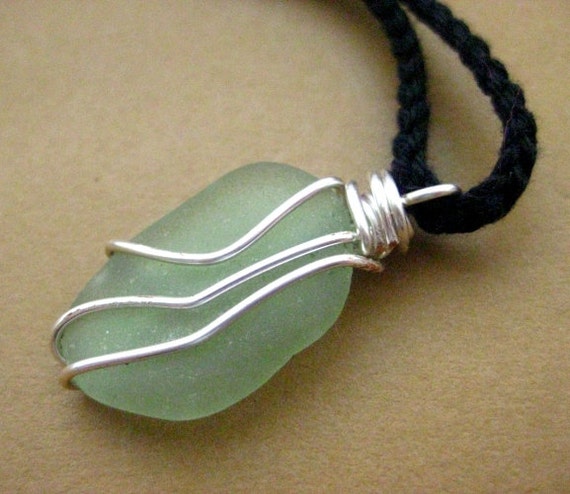
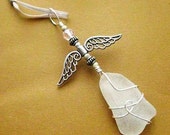
No comments:
Post a Comment